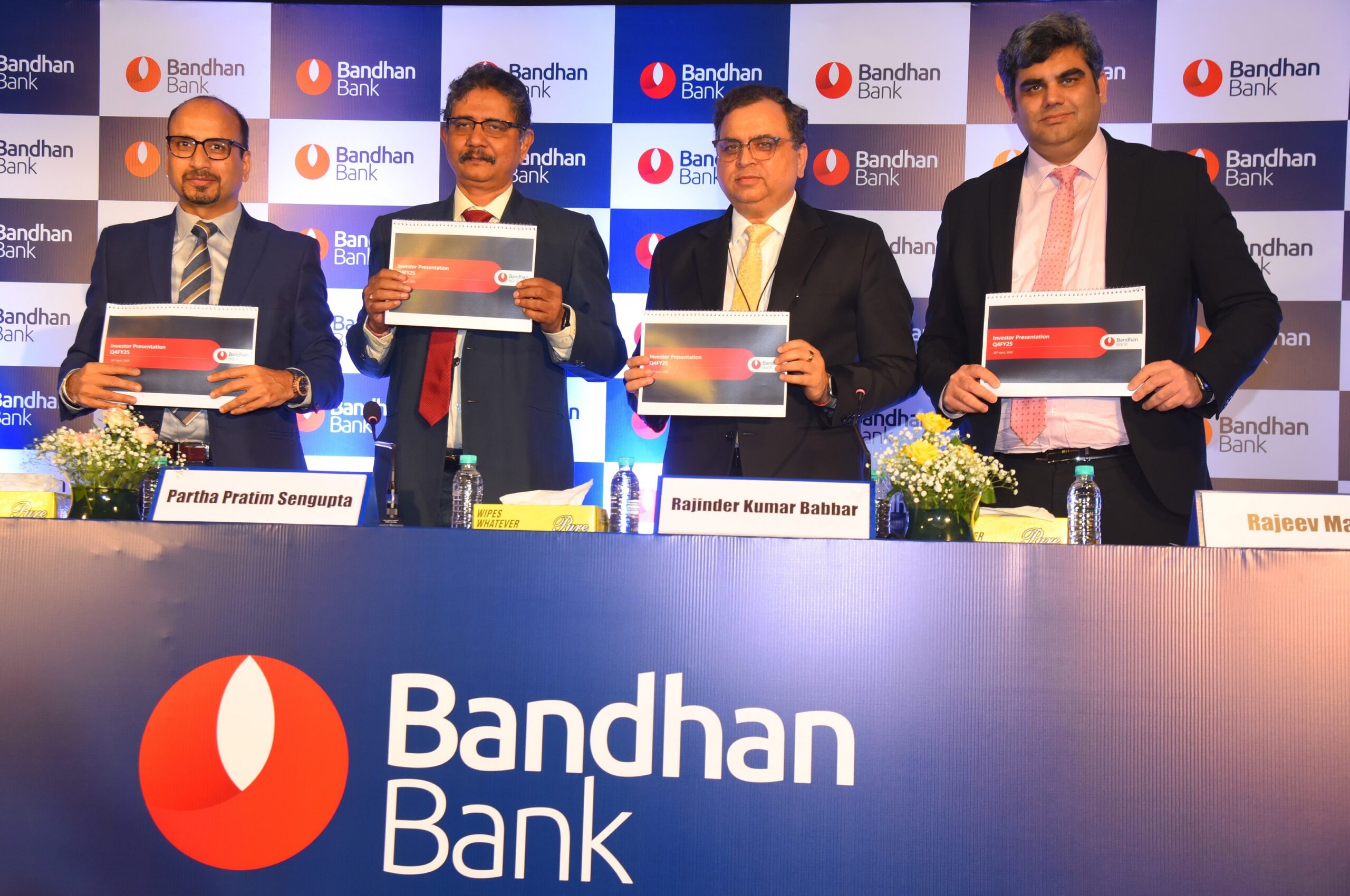The Indian government has recently introduced a transformative set of guidelines under the Department of Pension and Pensioners’ Welfare (DoP&PW) that significantly impacts Central Government employees covered under the National Pension System (NPS). These guidelines, effective from October 11, 2024, empower employees by allowing them to opt for voluntary retirement after completing a minimum of 20 years of regular service.
According to the newly issued office memorandum, Central Government employees can now retire voluntarily by providing written notice of at least three months to their appointing authority. If the authority does not decline the retirement request during this notice period, the retirement will automatically take effect at the end of that period. This flexibility in retirement planning reflects a significant shift in policy aimed at accommodating the diverse needs of government employees.
One of the key aspects of these guidelines is the option for employees to request a shorter notice period for retirement. While the standard requirement is three months, employees can submit a written request to retire with less notice. The appointing authority has the discretion to approve this request, provided it does not disrupt administrative operations. This provision is particularly beneficial for those who may have personal circumstances necessitating an earlier departure from their roles.
However, once an employee submits their retirement notice, it cannot be withdrawn unless they obtain special approval from their appointing authority. To initiate this process, they must submit their withdrawal request at least 15 days before their intended retirement date. This stipulation emphasizes the seriousness of the retirement decision, encouraging employees to consider their choice thoughtfully before taking action.
These guidelines represent a significant move toward enhancing the autonomy of Central Government employees in planning their careers and retirement. By allowing voluntary retirement after 20 years of service, the government acknowledges the varied career paths and aspirations of its workforce. This shift is likely to improve job satisfaction among employees who may seek new opportunities or a better work-life balance as they approach their later years of service.
Importantly, employees who choose to retire voluntarily will receive benefits comparable to those retiring at the standard retirement age. This ensures that the financial security and entitlements of voluntarily retiring employees are on par with those who complete their service until the traditional retirement age. The government aims to reassure employees that opting for voluntary retirement will not lead to any loss of benefits, thereby fostering a positive outlook towards this new option.
However, it’s worth noting that these guidelines do not apply to specific categories of government servants. Those retiring under special voluntary retirement schemes, or those absorbed in autonomous bodies or public sector undertakings, are excluded from this provision. This distinction ensures that the guidelines are focused on employees who are seeking retirement within the conventional structure of government service.
The introduction of these guidelines is a strategic move by the government to modernize retirement policies and adapt to the evolving workforce landscape. As more employees seek flexibility and personalized career trajectories, the ability to opt for voluntary retirement after two decades of service presents an appealing alternative. This reform is expected to resonate well with the workforce, as it aligns with contemporary employment trends prioritizing work-life balance and personal fulfillment.
In summary, the new voluntary retirement guidelines introduced by the DoP&PW represent a significant step toward empowering Central Government employees in India. By allowing a more flexible retirement option, the government is not only addressing the changing needs of its workforce but also reinforcing the importance of employee autonomy in career planning. These changes mark a positive development in the realm of public service, enhancing job satisfaction and paving the way for a more dynamic workforce.




